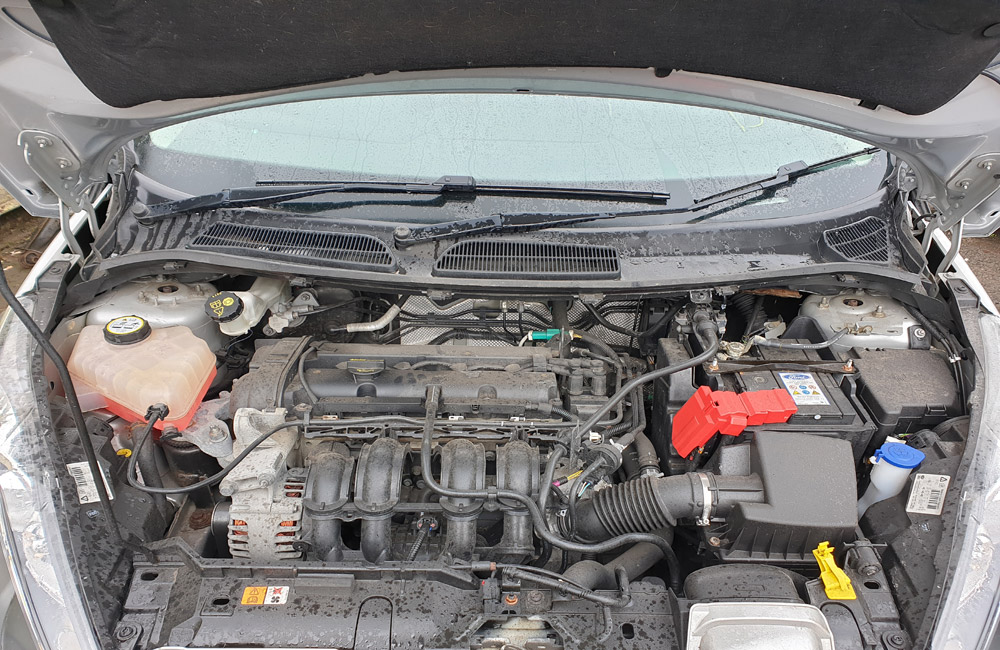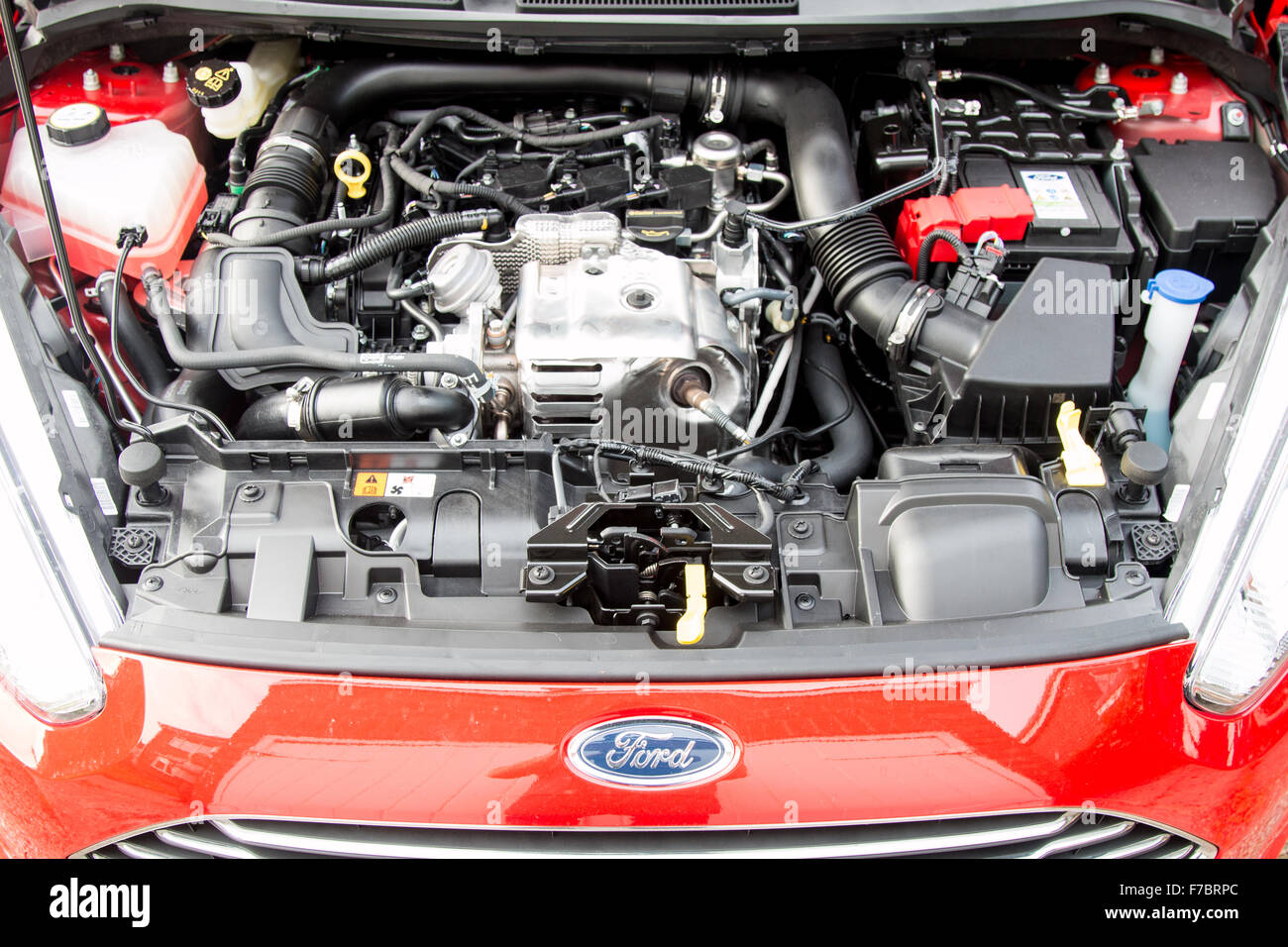Top Ford Fiesta Engine Repairs to Avoid Costly Damage
Top Ford Fiesta Engine Repairs to Avoid Costly Damage
Blog Article
Checking Out the Development of Engines: From Traditional Styles to Modern Marvels
The development of engine innovation stands for a substantial story in the history of development, noted by crucial advancements that have actually consistently redefined transportation and sector. From the initial heavy steam engines that powered the Industrial Transformation to the introduction of inner combustion engines that transformed movement, each stage has added to greater performance and capacity. Currently, the transition to electric power represents not only a technical change however also a more comprehensive dedication to environmental sustainability. As we analyze these milestones, one must take into consideration just how the future of engine design might unfold, testing our assumptions of power and performance.
The Birth of Engine Technology
The advent of engine innovation marked a pivotal moment in human innovation, transforming energy conversion and transport. The earliest engines arised from the requirement to harness mechanical power for sensible usage, leading to the development of tools that converted different energy types into motion (ford fiesta engine).
The growth of the inner burning engine and the invention of the vapor engine catalyzed an extensive change in commercial capacities. These engines not just boosted effectiveness but likewise increased the range of human wheelchair, enabling unmatched transport possibilities. The very early models laid the foundation for the mechanized world, helping with the increase of industries and reshaping social frameworks.
As engine styles developed, they advanced and incorporated cutting-edge materials engineering principles, leading the way for modern-day developments - ford fiesta engine. The birth of engine innovation stired up a ruthless pursuit of efficiency and power, establishing the phase for the dynamic evolution of transportation and industrial equipment that would comply with
Steam Engines and Their Effect

The steam engine's influence was specifically obvious in the transport market (ford fiesta engine). Steam-powered locomotives helped with the rapid movement of items and individuals throughout vast ranges, effectively reducing the geographical barriers that had actually formerly prevented trade and communication. Steamships transformed maritime traveling, enabling for quicker and much more reputable crossings of seas and rivers.
In sector, heavy steam engines powered manufacturing facilities, making it possible for mass manufacturing and the surge of metropolitan centers as centers of economic activity. Heavy steam modern technology fostered innovations in design and production processes, laying the foundation for future innovations in engine style.
The Surge of Interior Burning
Often eclipsing vapor power, the increase of inner combustion engines noted a transformative shift in transport and industry throughout the late 19th and very early 20th centuries. The growth of these engines, defined by their capability to shed fuel within the engine itself, allowed higher effectiveness and power compared to standard vapor engines. Introducing developers such as Nikolaus Otto and Rudolf Diesel played critical roles in perfecting engine designs, bring about prevalent adoption in automobiles, watercrafts, and industrial machinery.
The inner burning engine's compact dimension and reasonably lightweight nature helped with the development of personal vehicles, revolutionizing individual mobility and reshaping city landscapes. By making it possible for faster traveling and the reliable transport of goods, these engines militarized economic growth and fostered globalization. The versatility of fuel alternatives, consisting of gasoline and diesel, further boosted their charm, permitting varied applications across numerous fields.
In spite of the environmental concerns that would certainly later on emerge, the first attraction of inner burning technology stocked its transformative capacity. As society accepted this advancement, the foundation was laid for contemporary transportation systems, establishing interior burning engines as a cornerstone of industrial advancement and life throughout the 20th century.
Improvements in Engine Performance
As interior combustion engines browse around here ended up being important to transportation and industry, the emphasis changed in the direction of boosting their efficiency to meet growing needs for performance and sustainability. Developments in engine style, product science, and modern technology have dramatically added to this advancement.
One major innovation is the growth of turbocharging, which allows for increased air intake, resulting in more total fuel combustion and improved power outcome without expanding engine dimension. Furthermore, variable valve timing systems have been carried out to optimize engine efficiency throughout different RPM ranges, thereby boosting gas effectiveness.
The use of innovative gas injection innovations, such as direct shot, has also played an important function. This approach enables even more accurate control over the fuel-air mix, advertising far better burning and reducing discharges. Furthermore, lightweight materials, consisting of light weight aluminum and composite components, have been taken on to decrease total engine weight, leading to enhanced efficiency.
These innovations show a wider pattern within the vehicle sector, where the synergy between design innovation and ecological factors to consider drives the continuous quest for greater performance in internal burning engines. Consequently, modern-day engines are now a lot more effective, cleaner, and reliable than ever, paving the way for an extra lasting future in transport.
The Change to Electric Power
With growing problems over ecological impact and fossil fuel dependence, the automobile market is experiencing a substantial change towards electric power. This shift is driven by a combination of technical advancements, governing stress, and changing customer choices. Electric vehicles try this out (EVs) supply an engaging option to standard internal burning engines, boasting reduced greenhouse gas emissions and reduced operating expenses.
The surge of battery innovation has actually been a video game changer, with lithium-ion batteries ending up being much more affordable and efficient. Boosted power density and faster billing capabilities have made EVs more useful for daily use. Moreover, federal governments worldwide are executing rewards and setting enthusiastic targets for eliminating fossil fuel automobiles, therefore speeding up the fostering of electric power.
As charging infrastructure expands and battery technology continues to enhance, the change to electric power is positioned to improve the automobile landscape, promoting sustainability and technology in the years to come. The future of transportation is electric, and the momentum is indisputable.
Final Thought
The evolution of engine modern technology represents a considerable trajectory of advancement that has actually exceptionally influenced transport and industry. From the fundamental steam engines to the transformative interior combustion engines, each growth has added to boosted wheelchair and economic development.

Report this page